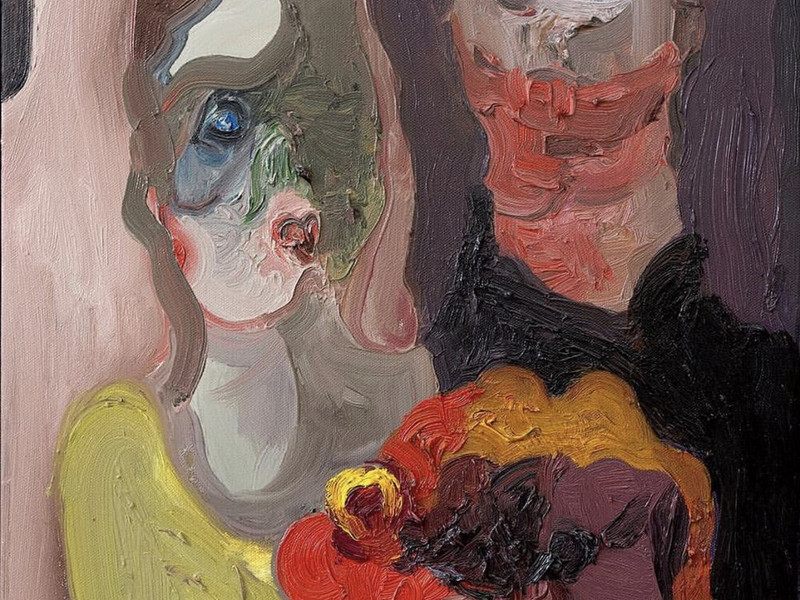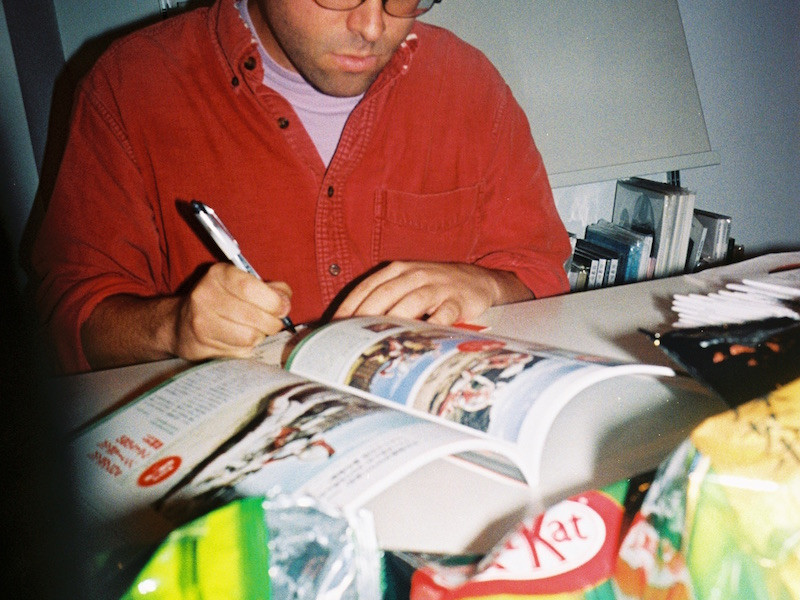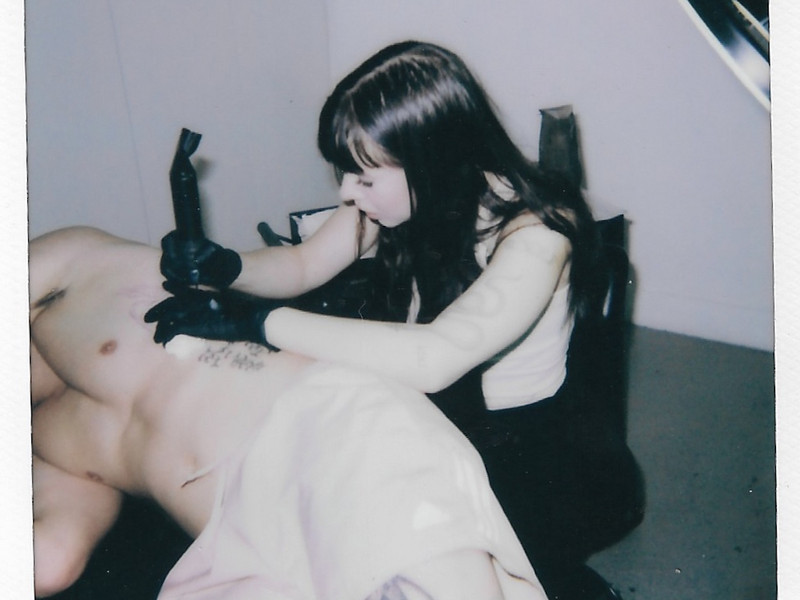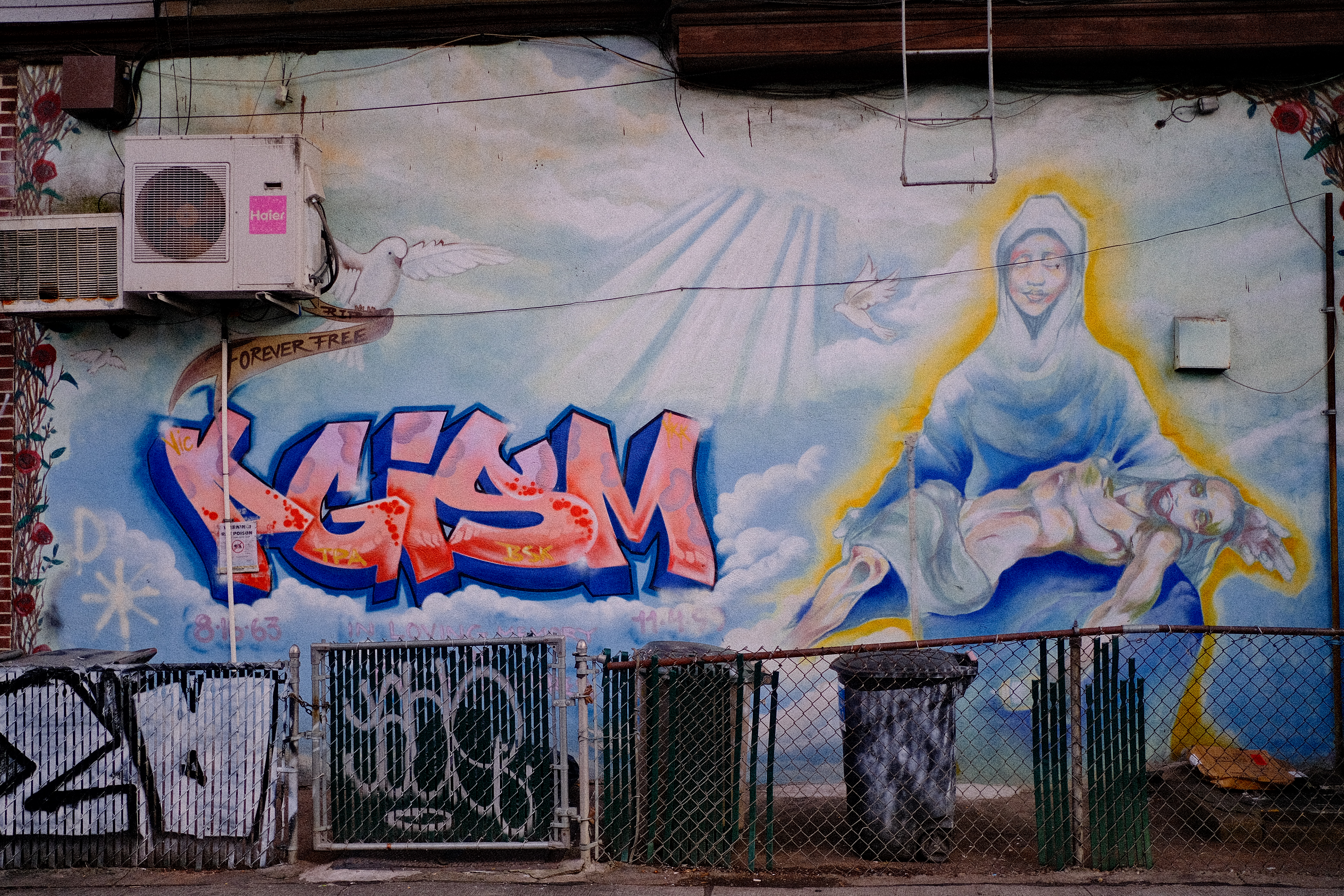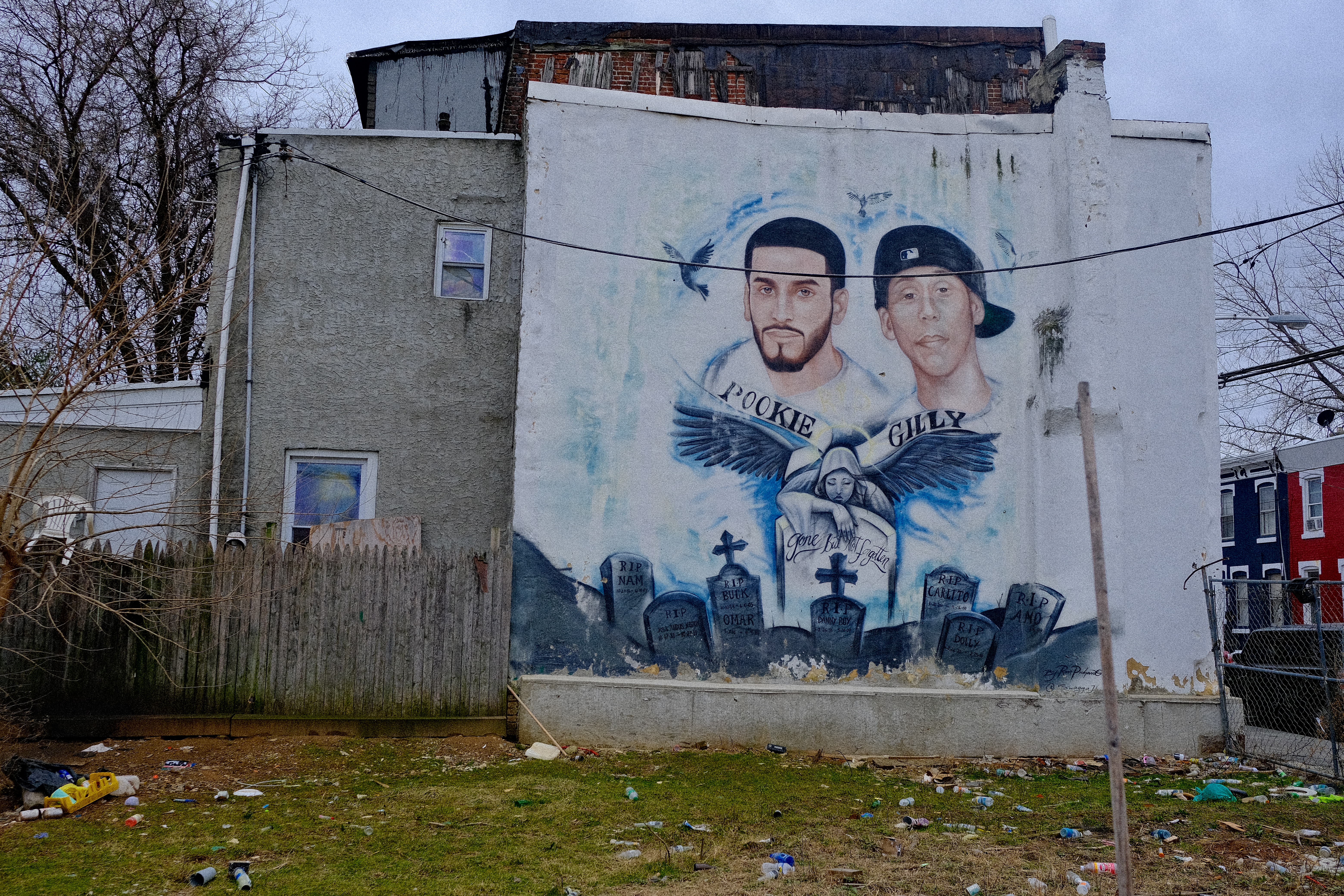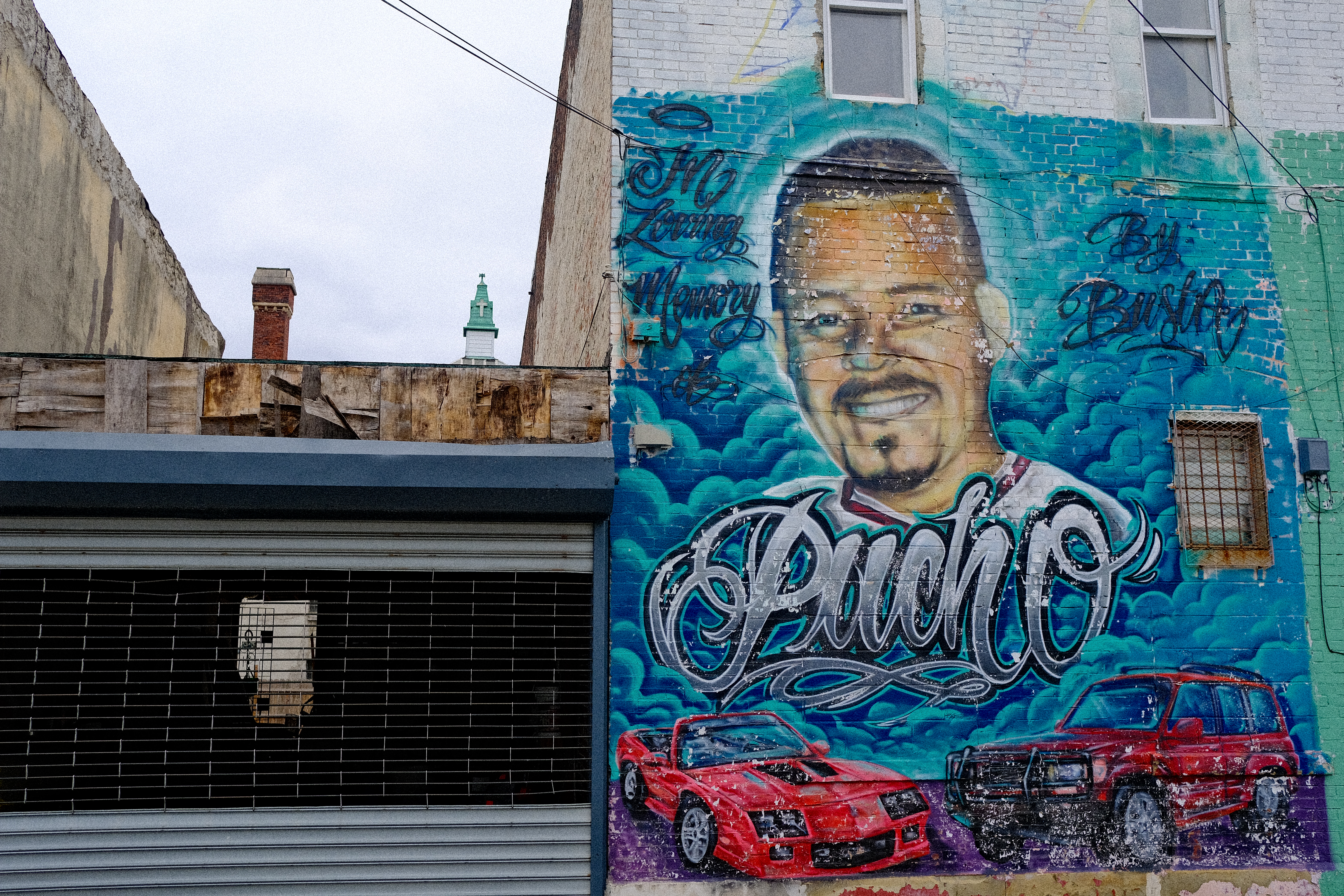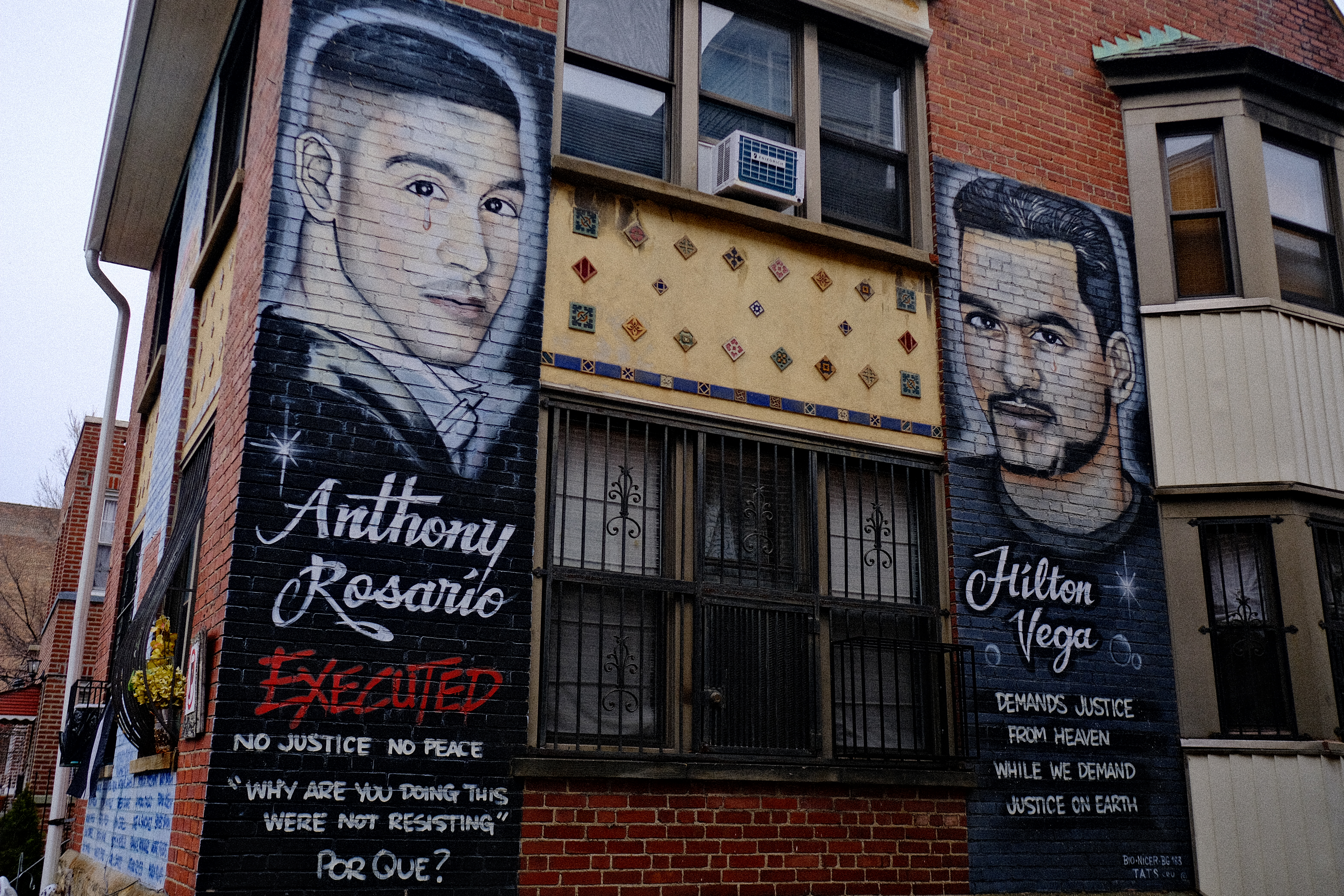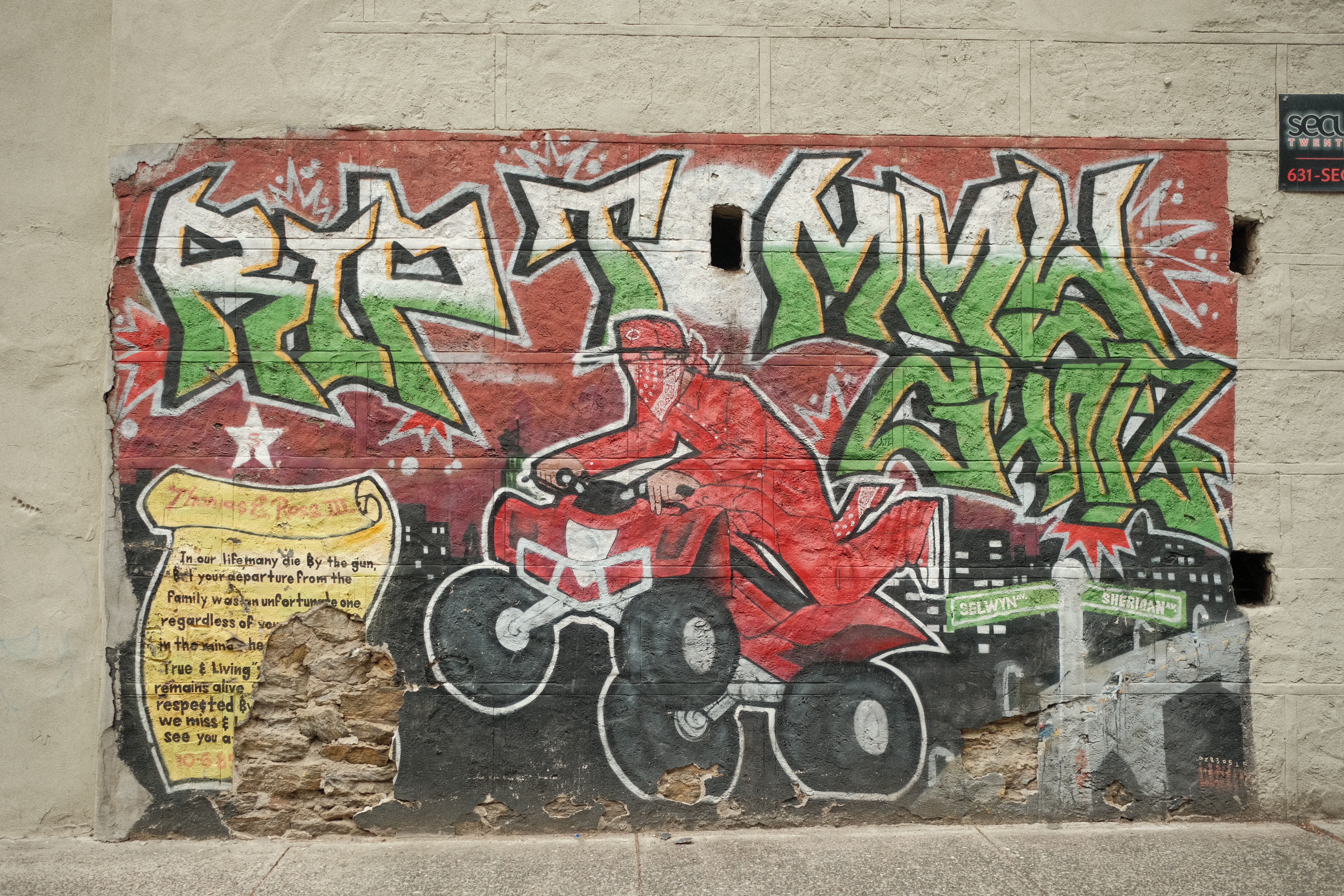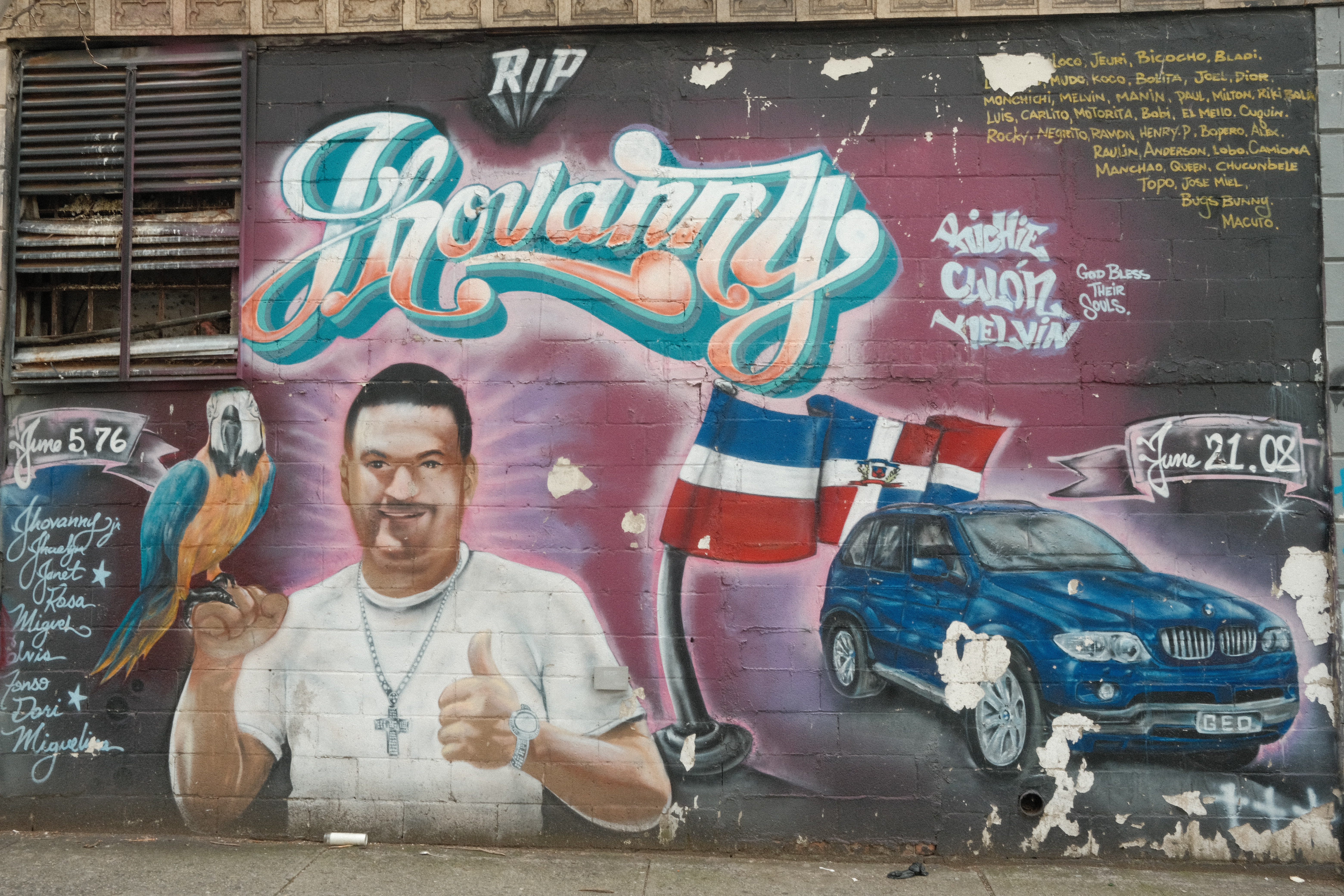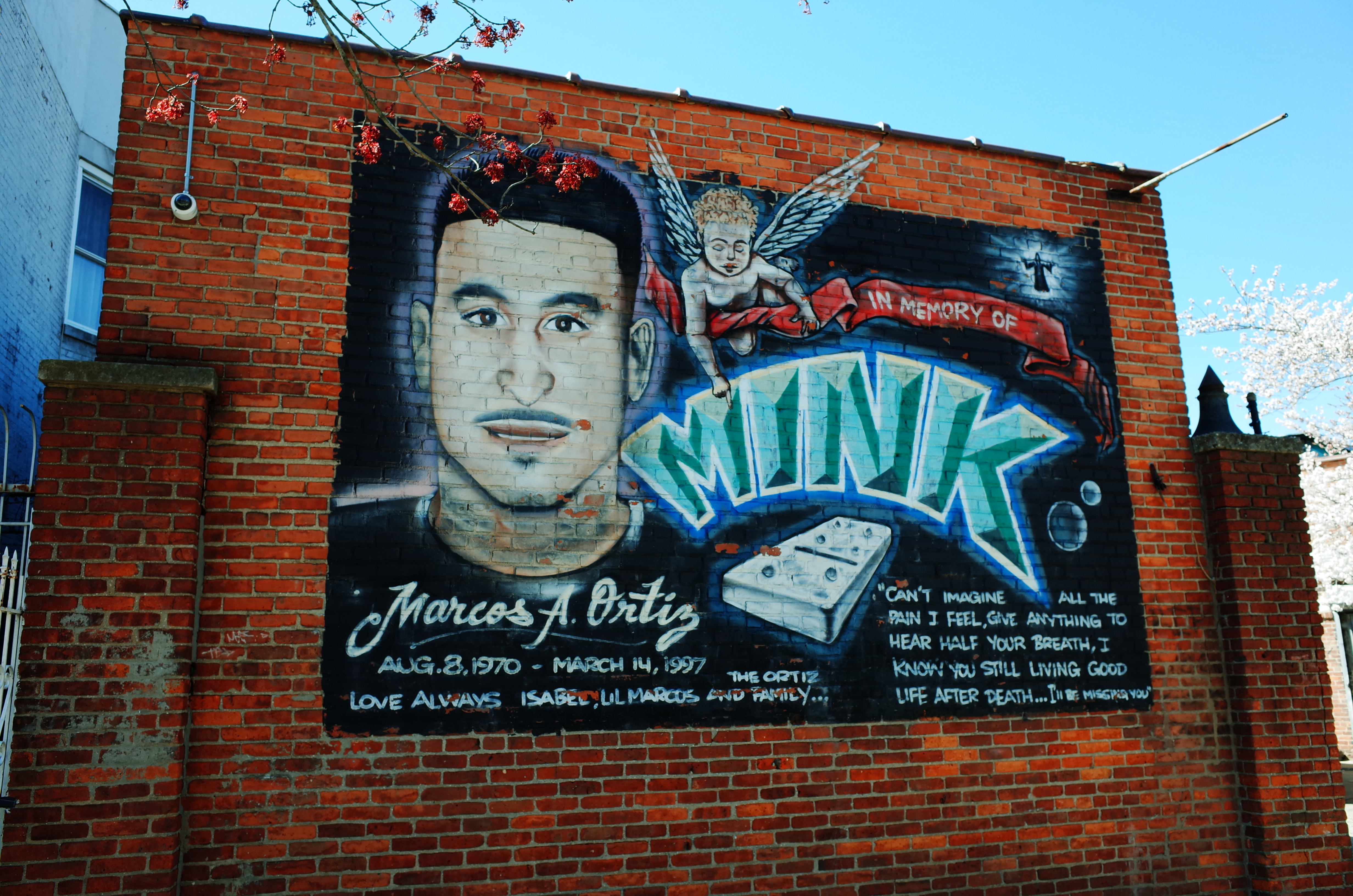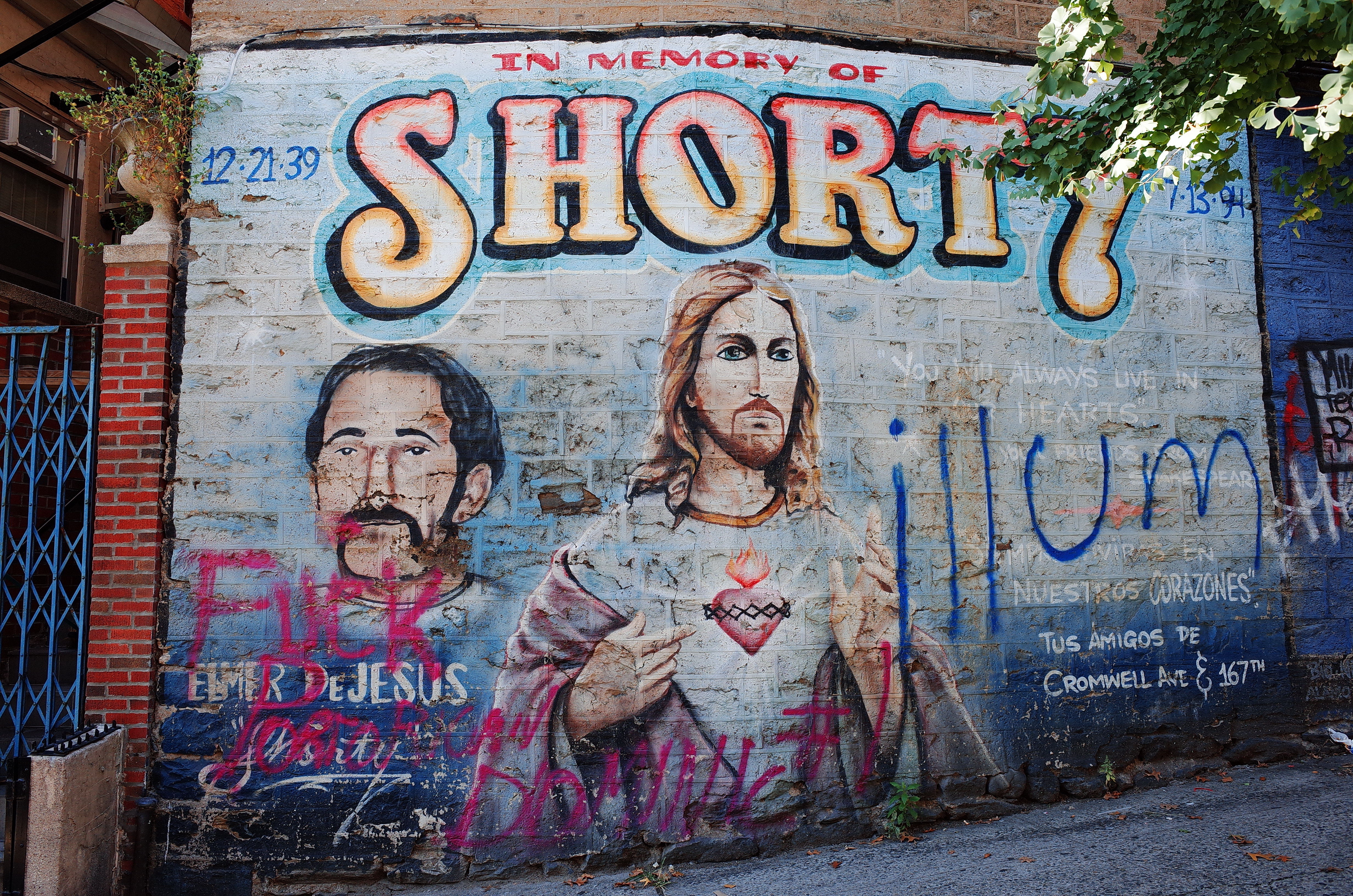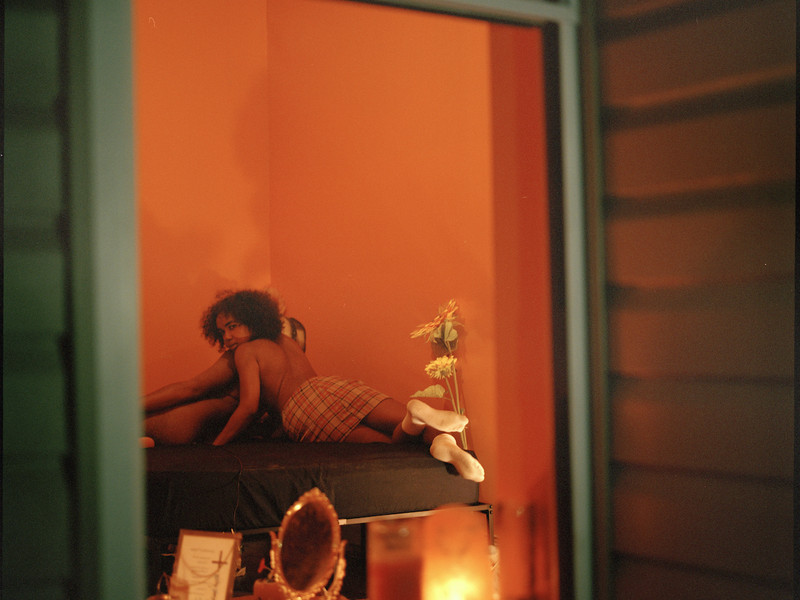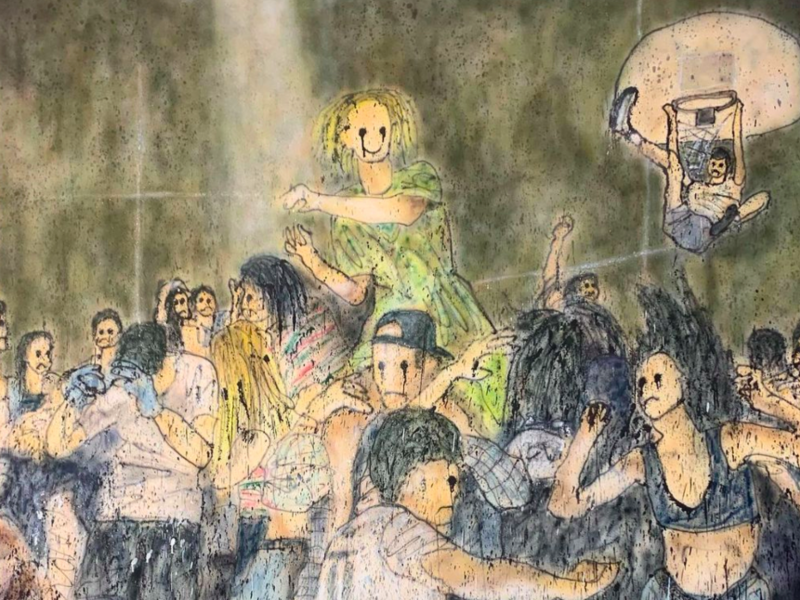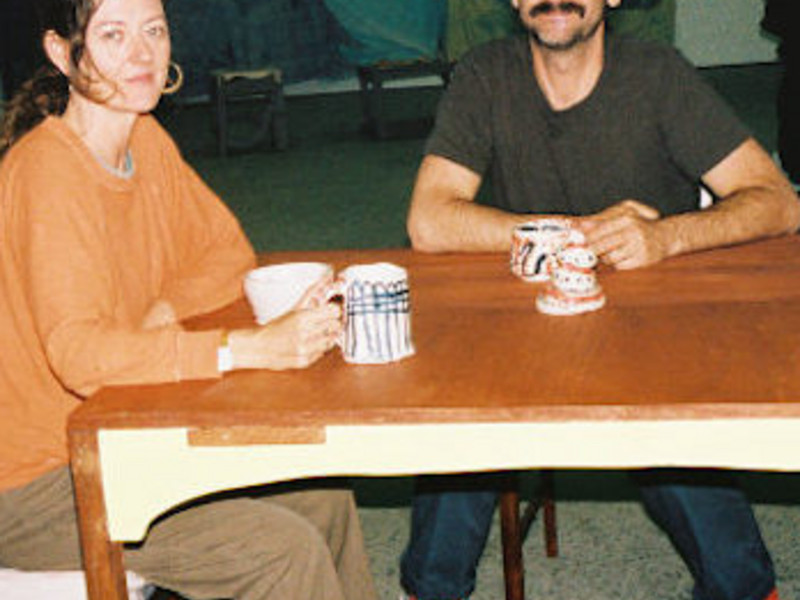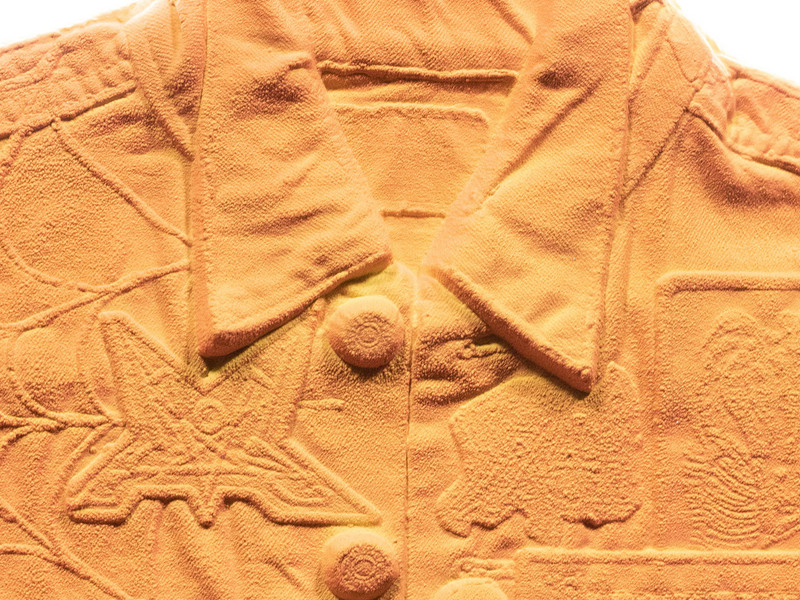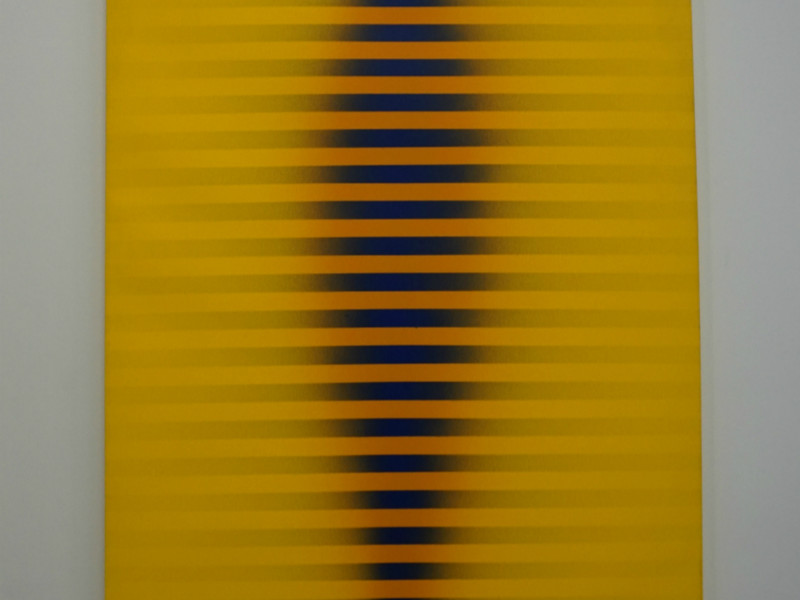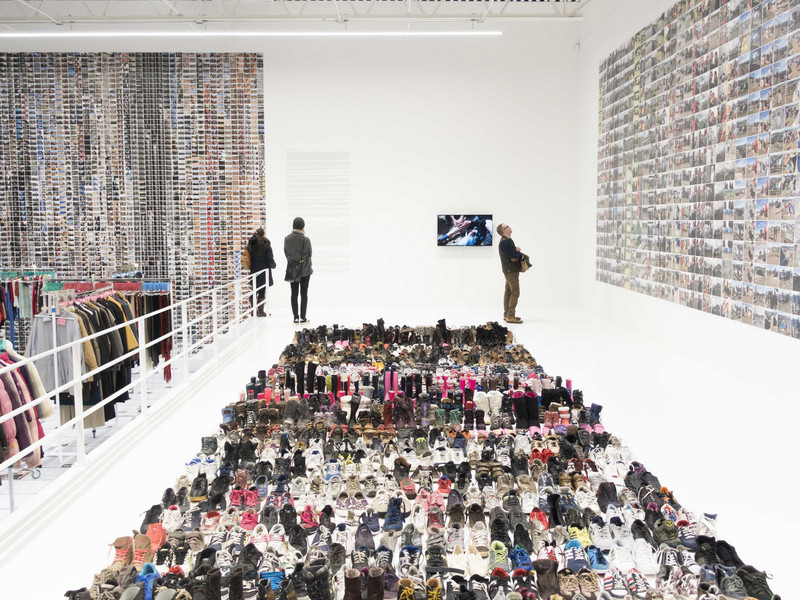Peter Nadin on Beekeeping, Image-Making, and the Poetic Resonance of Marks
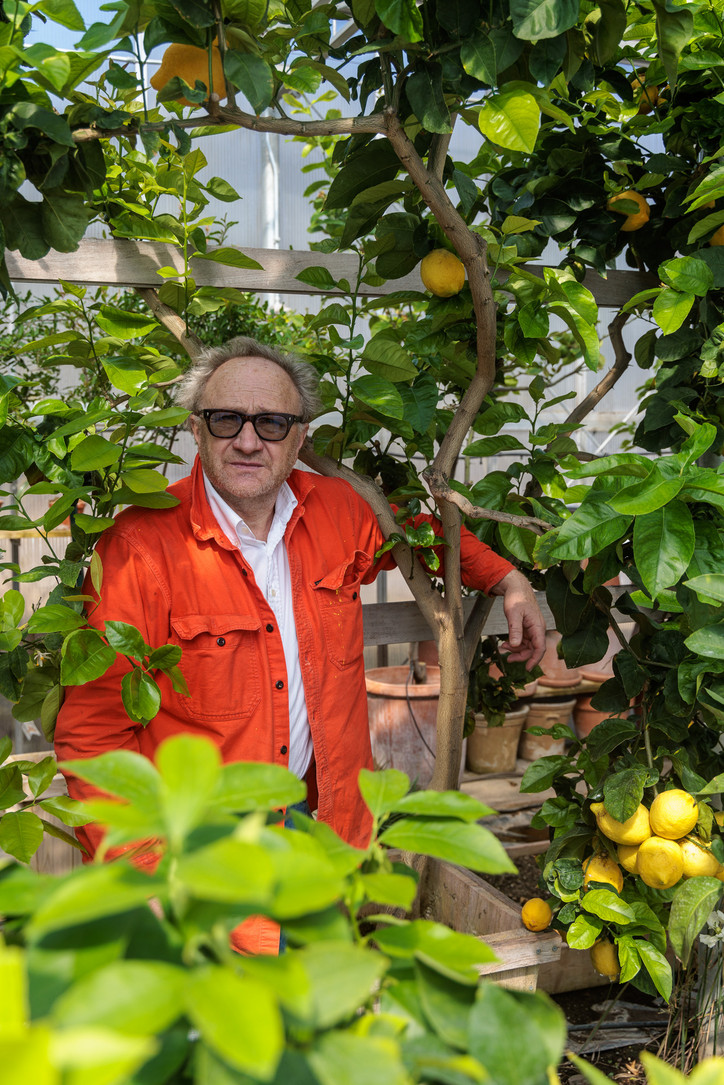
In the mid 2010s, the art world finally caught up with Nadin and he started showing paintings at commercial galleries again. Recent exhibitions have focused on what Nadin calls “painting from life,” gestural marks about memories of his days in the Catskills and his impressions of the community around him. For his debut exhibition at Off Paradise, a project space run by Paris-born curator Natacha Polaert, Nadin showcased The Distance from a Lemon to Murder, a series of paintings he made during the pandemic shelter-in-place, situated somewhere between the real and the imaginary, about the threat of interpersonal domination lurking beneath the mundanity of the countryside. Nadin’s current exhibition at Off Paradise, The Invisible World, explores the unbridgeable separation between seeing and remembering, leading to incredibly moving moments.
Shall we start with the elephant in the room? You stopped exhibiting paintings formally for many years. What sparked your interest in returning to exhibiting painting in a commercial context?
I stopped exhibiting paintings because the painting that I was doing from the 1990s onwards was outside of the conventions of what we think of as painting, traditionally understood to be the intention of making marks. What interested me was the unintentional mark and resonance of activity, which were areas of exploration that really inform my painting activities. The more recent work I am doing really incorporates all those possibilities and there isn’t anything that’s by design or by necessity excluded from the possibility of mark making. When Natacha invited me to do a show, I agreed to showcase these possibilities.
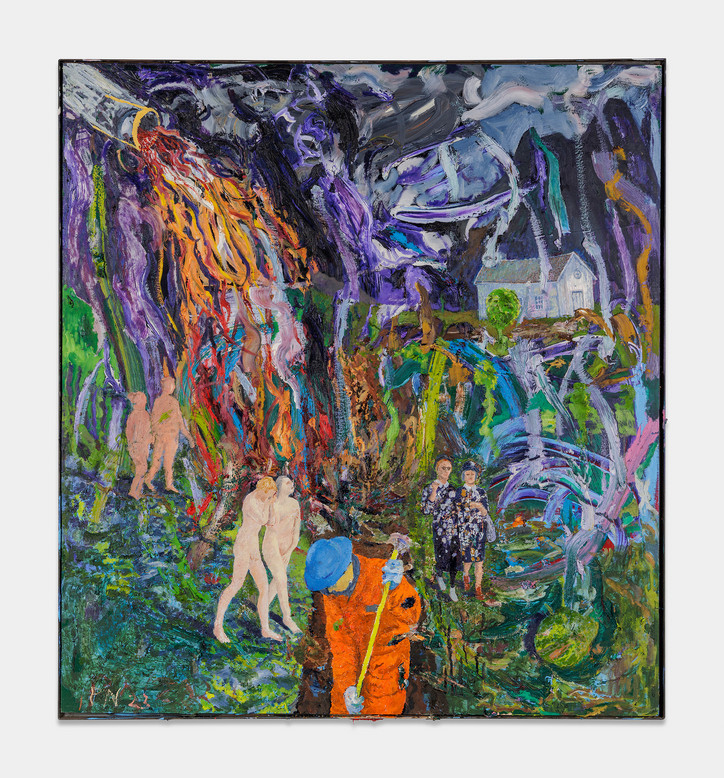
Adam Installing Utilities in the Garden of Eden Under the Devil’s Fire, 2023
How do your paintings fall outside of the traditional trajectory of painting making or mark making?
Curiously, over the years that I’ve been working, I realized that you can’t really judge what a painting is purely by what it looks like. You can have very unconventional paintings that are actually within the convention of painting. And you can have things that appear to be in a convention of practicality but are quite radical. You can’t always tell. It’s interesting to find out an approach that enables me to understand those differentiations. With those first mark paintings, it was unintentional, and there were no conventions. I didn’t know what was going to happen. When I look back at them, some of them seem quite beautiful, even though I had no intention of making a mark that would have any apparent meaning. Thus, I became interested in if meaning can reside in something that’s entirely unintentional, or if one has to intend to describe something that gives meaning.
And you were showing them in very unconventional settings or places.
I stopped exhibiting my paintings around 1993. I didn’t really have an agenda, I just wanted to explore different things. I began farming and became very interested in beekeeping. A few years later, I went down to Cuba as the US representative to the South American Beekeeping Conference. At the conference, I met a number of artists and curators who share similar ideas about the way agriculture could inform artistic practice. There was no market for contemporary art in Cuba, even though there’s a tremendous cultural heritage. They valued art in a very different way, for its spiritual meaning.
Through a friend working at the Wilfredo Lam Center, I met Hector, a beekeeper. I told Hector I hadn’t really shown anything in many years, because I didn’t really connect with the context. And he said, “Why don’t you do something down here?” That's how I started a painting show in Cuba. The show was met with enthusiasm and traveled around the island through the Center. And then a couple of years later, I did another show that traveled more extensively, it even went down to Cuenca, Equator. What’s wonderful about these shows is that the response was purely about what they meant, what it was, or what I was offering to them, since there’s no commercial engagement.
You made the paintings in this room while you were living in Catskills and they really pay attention to your surroundings and your memory of the environment and the people in your life? How does it feel to paint your life and your immediate circles?
At the end of the day, that's what I know and that’s how my time is spent. And I hope that I give the environment and the people that I represent the due respect, because the people that I see, know, and interact with are a subject so integrated within my life.
When you paint a landscape, they’re citing and constantly responding to so many important art-historical movements. Are you thinking about the history of art you’re a part of, or are you more just thinking about your immediate experiences or your biography when you paint?
It’s all part of the same thing. The experience that one has is going to manifest through movements of the hand and the arm. I approach a painting as if all those possibilities were already there. Sometimes it may have a resonance with some part of our history, and sometimes it may not. But I think if a painting is successful, it should not have subconsciousness. If the subconscious is present, it can interfere with the reading of the painting. I personally just paint hoping that I can give form to experience.
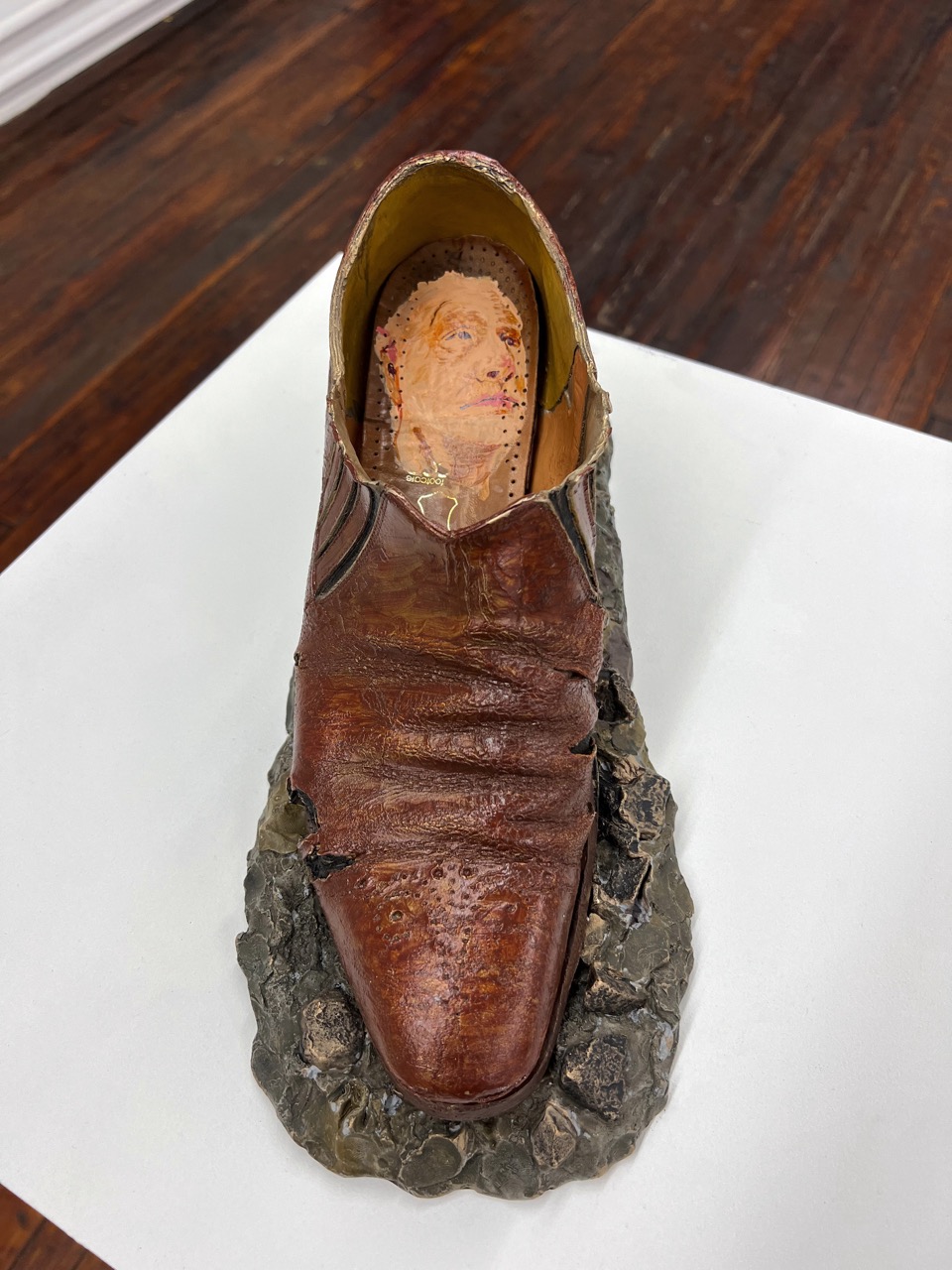
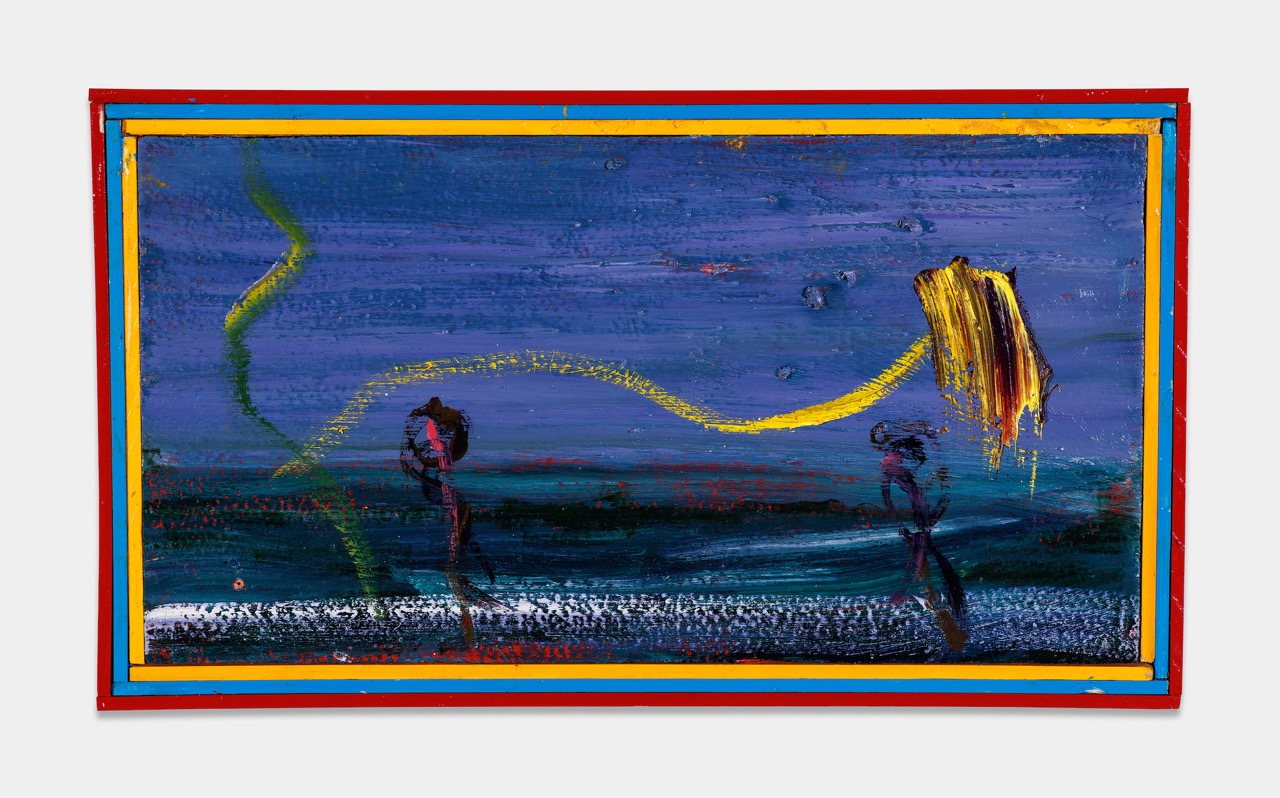
Three Self Portraits and a Ripening Lemon, 2023
Looking East, Seeing West, 2023
The paintings here have this poetic sensibility to them. You’re also a poet. I'm wondering if the two practices ever correlate with each other. Does your poetry nourish your painting, or vice versa?
Yes, they’re very closely related. I think evocation of the word is very close to the mark and the evocation of the mark. I can write poetry because I understand the poetic resonance of words, in the same way as I understand the poetic resonance of marks. The two inform each other without necessarily being bound up by the convention of the sentence, or the convention of the procedure of art making.
Let’s go back in history a little bit. You were a part of the downtown conceptual art collectives The Offices of Fend, Fitzgibbon, Holzer, Nadin, Prince & Winters. The collective itself was very interested in the circulation of image, information, and language and was producing very different works. The paintings in this room still feel connected to your earlier endeavor, in the sense that these paintings are very much thinking about the instability of memory and its circulation. Could you talk a little bit more about your interest in the porous boundary between self and the world?
It is really true that they are all part of the same inquiry, only the forms it takes are sometimes different. When I started painting when I was nine years old, one of the things that I like about the painted surface is that it can only have two functions. You can either look at it, or if it’s waterproof oil paint, you can use it to patch a roof or put it on the side of a chicken house. In other words, it’s indivisible. What we were doing with The Offices was not indivisible, because it could lead to other possibilities. I didn’t really know if our commitment to engage with the community could lead to some kind of long-term change. It’s an open question, as I’m not trained in those areas. However, I remain very interested in what social change and the method to achieve that might look like. My sense is that we are constantly engaging with perceptual and cognitive information from which one creates the will for transformation. If you want to create a different understanding of the world, you will create different procedures first.
What strikes me is that even though your paintings are so conceptually engaged with ideas of memory and information, it still feels very pleasant to look at them because there’s such a humor to them. What is your relationship to evoking emotions, especially humor, in your approach to paintings?
I think all of this must be present. Humor is such a necessity to create meaning. In a sense, it’s absurd to try to make sense of extremes with only our rational sense. Who would feel obliged to do it? In fact, some of the most profound, beautiful explorations of consciousness relies on humor. Nothing should be excluded from the beginning.
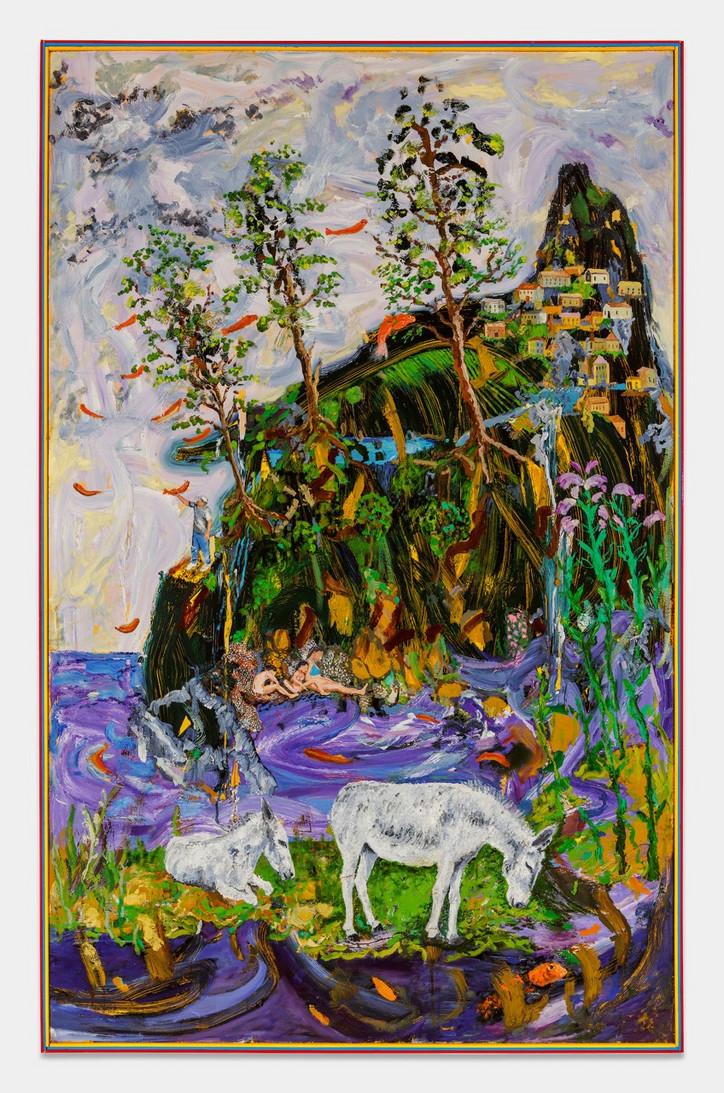
Sharkey’s Donkey Watching a Fish (A Migration of Golden Orfe), 2023
What are you looking forward to next?
I’m beginning to work on a new body painting. It often begins with a word or with a thought, a sense that there may be something that will light a little fire within the world. I don’t know if this little flame will develop into a conflagration. But if there is something, normally it takes about five years to be fully revealed.
Time feels so essential to your practice. You are often intentionally slowing down the temporality of experiencing your paintings.
Maybe in 15 or 20 years I can begin to see if I wish to paint in a certain different way. I can always begin again.
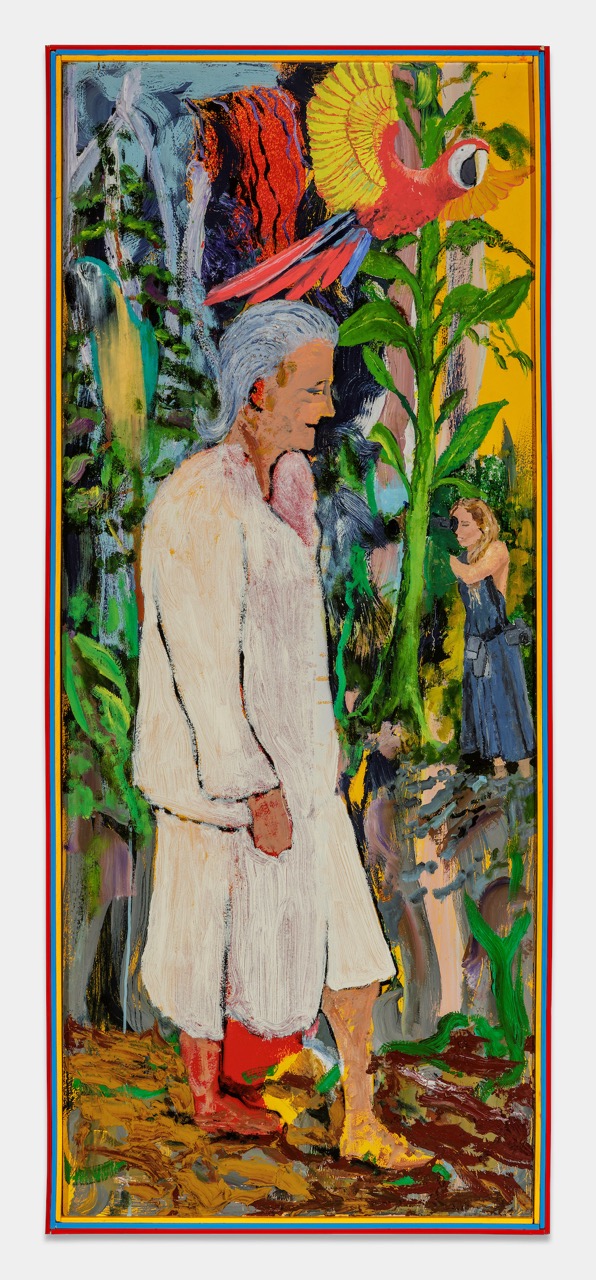
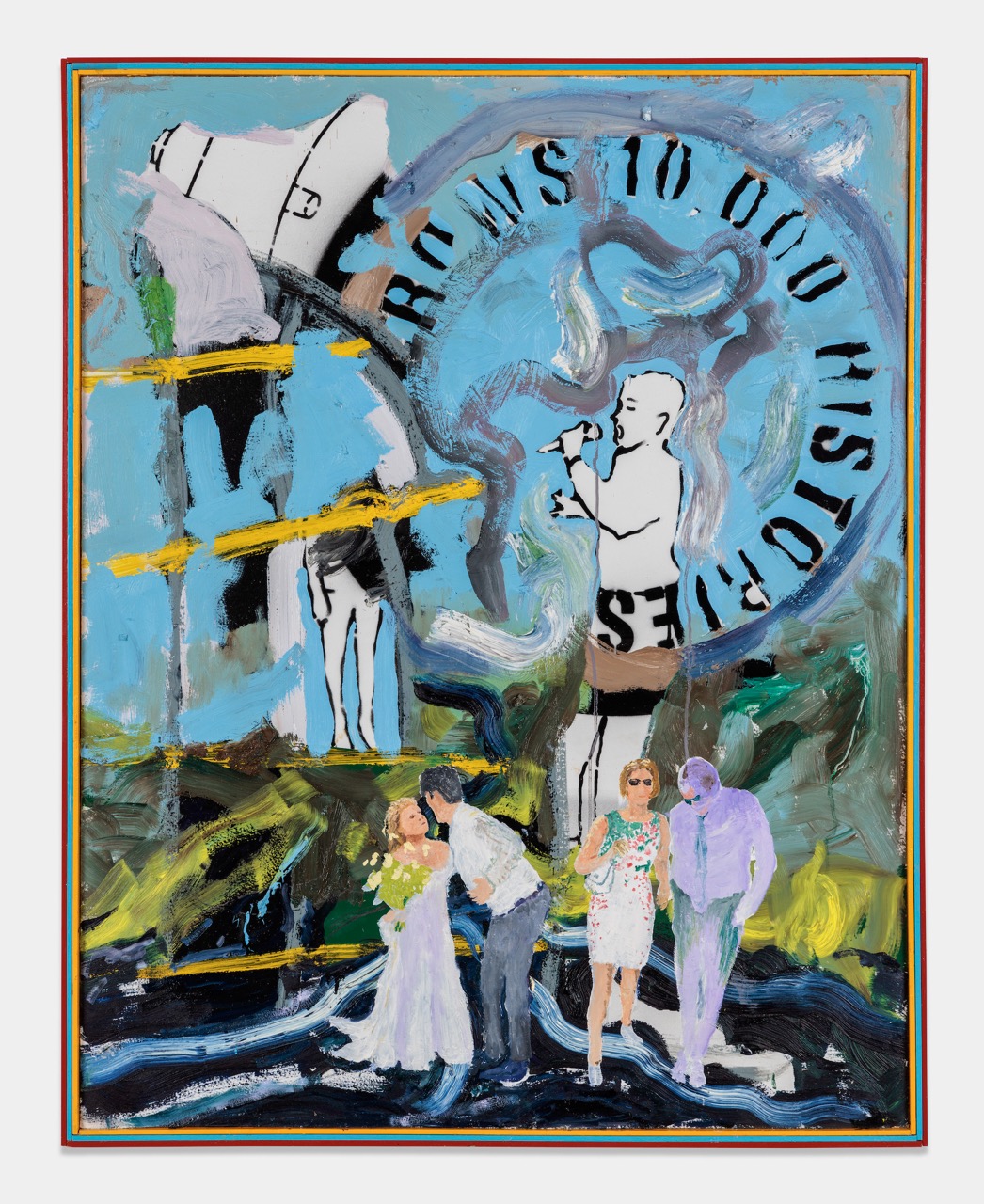
The Programmer, 2022.
The Secret Wedding of the Invisible Man, 2022.
